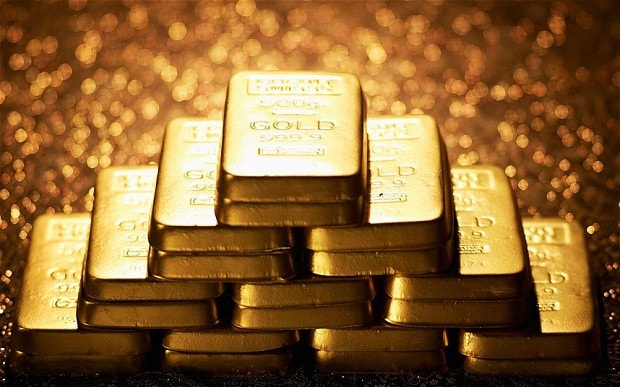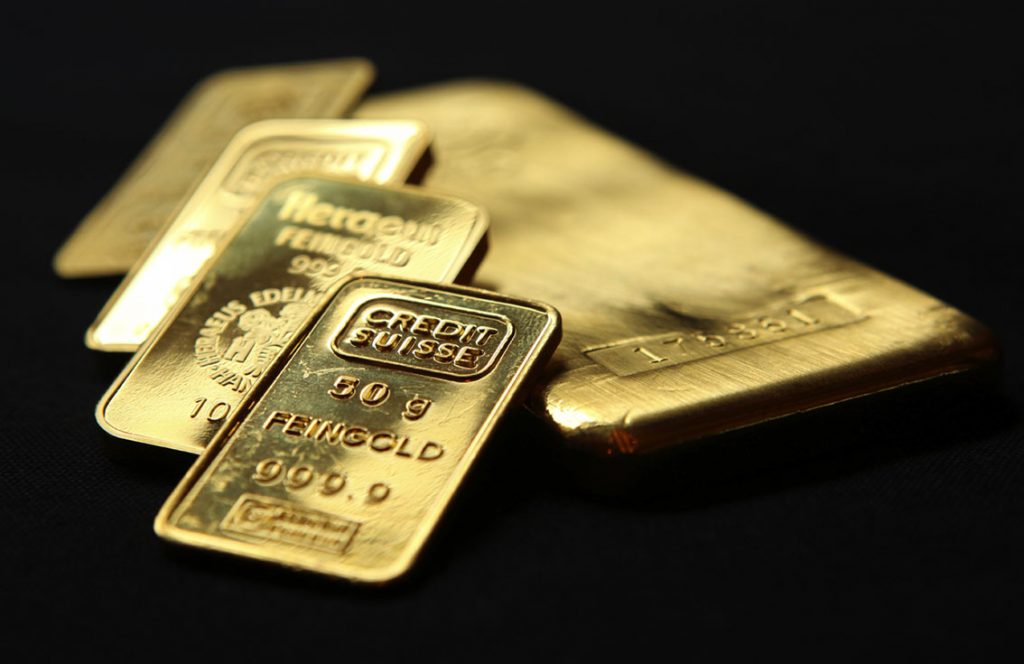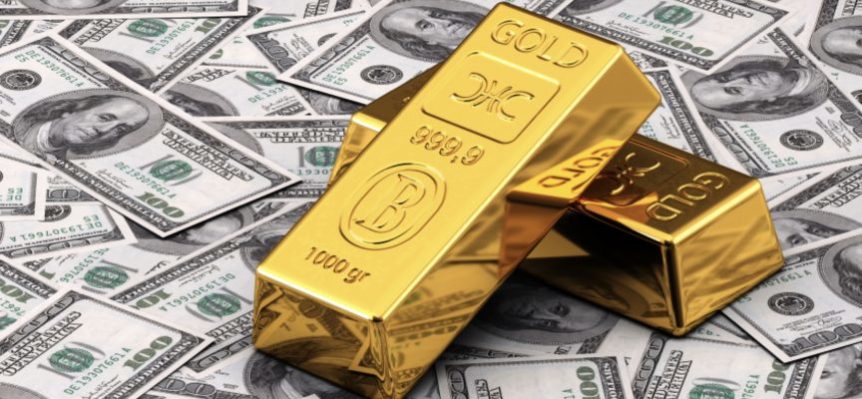Happy Monday! Here's today's round-up of news from our sponsors #gold #silver #lithium #copper #mining #MiningStocks #CommodityMarket #investingnewsnetwork #investingnews
https://t.co/D4FrEjVIQj pic.twitter.com/YcVUrdCpwD— Gold Investing News (@INN_Gold) July 5, 2021
Gold has played a central role in human history for thousands of years, deeply embedded in the traditions and economies of civilizations across the globe. While coins containing traces of gold date back to around 50 B.C., it was King Croesus of Lydia who, approximately a century later, introduced the first coins made from pure gold. Over time, gold has earned widespread respect—not only for its visual appeal and historical significance—but also for its enduring value as a medium of exchange. Societies across eras have consistently valued gold, reinforcing its status as a store of wealth.
Today, gold remains a compelling investment, especially during periods of inflation. Its ability to preserve purchasing power makes it a popular hedge when the value of paper currency declines. For a deeper understanding of how gold protects against inflation, consider exploring resources that explain its economic role more fully.
Even during deflationary periods—when economic activity slows, prices fall, and debt burdens rise—gold often maintains or increases its value. In times when fiat currencies lose credibility, investors frequently turn to gold as a safe-haven asset, offering a measure of stability and protection during financial uncertainty.
Here are 8 top reasons to consider purchasing gold as an investment in today’s world:
1. A Good History of Holding its Value
Unlike currencies like paper money and other assets, throughout the ages gold has maintained its value and people have seen it as a way to preserve and pass on wealth to the next generation. In modern times a good way of getting access to quality gold investments is by using one of the many reputable gold IRA companies.
Since ancient times, the unique properties and beautiful color of gold have been valued as an asset. This precious metal does not corrode and can be processed over high heat to be transformed into objects such as coins, jewelry, and a myriad of consumer products. According to Einstein’s theory of relativity, gold atoms are heavier than those in most other metals and because the electrons in gold move faster, it creates some absorption of light which accounts for its unique glow.
2. A Weakened US Dollar
As the world’s most important reserve currency, when the value of the US Dollar weakens against other currencies as happened between 1998 and 2008, it prompts a shift to the security of gold which results in an increase in gold prices. When the US dollar falls it is almost always followed by a rise in the price of gold. There are a number of reasons why the decline in the US dollar occurred but primarily due to a large increase in the supply of money and the country’s large trade and budget deficits. Between 1998 and 2008 the price of gold almost tripled reaching a milestone high of $1,000 per ounce in early 2008. Between 2008 and 2012 it once again doubled to above $2,000.
3. As a Hedge Against Inflation
Gold has always been seen as an excellent hedge against rising inflation due to an increase in the cost of living caused by higher prices.
In the last 50 years, we have seen how gold prices have soared while the stocks plunged due to high inflation. This happens as a result of fiat currency losing its purchasing power due to inflation and as gold tends to be included in those currency units, the price of gold automatically increases as well. Because gold is considered a good way to store value, when people perceive that the local currency is losing value, they are encouraged to invest in gold.
4. Protection Against Deflation
Deflation occurs during a period when prices decrease, business activity has slowed down, and the economy of a country is burdened with excess debt. This has not been experienced since the 1930s during the Great Depression, although a small degree of deflation was experienced in certain parts of the world after the 2008 financial crash. During the Great Depression when prices dropped sharply, the purchasing power of gold soared. This was because people chose to hoard wealth and the safest way to do that at the time was to hold onto gold and gold coin.
5. Crisis Commodity During times of Geopolitical Uncertainty
Gold is often called the ‘crisis commodity’ as it not only retains value in times of financial uncertainty but also during periods of geopolitical uncertainty. In times when world tensions are high people often flock to the relative safety of gold because historically it has always outperformed other investments during such times. As an example, there were some major price movements in gold in response to the European Union crisis experienced this year. This is an indication that when confidence in the government is low, the price of gold often rises.
6. Constraints in Supply
While most of the gold supplied since the 1990s has come from gold bullion sales directly from the vaults of the central bank, global central bank selling has been on the decline since 2008. In addition, there has been a decline in gold mining production (you can read more about the decline here) since 2000. A a general rule, a reduction in the supply of gold causes an increase in the price of gold and it will take at least 5 to 10 years for a new mine to be put into production. The annual gold mining production fell from 2,573 metric tons in 2000 to 2,400 in 2007 according to BullionVault.com. However, according to the US Geological Survey, in 2011 gold experienced a production rebound to nearly 2,700 metric tons.
7. Increase in Demand
In recent years the increased wealth of emerging economies has boosted the demand for gold. Gold is intertwined in the culture of many of these counties and in China, for example, where gold bars are seen as a traditional form of saving, the demand has been steadfast. The second-largest gold-consuming country in the world is India. The nation of India has many uses for gold but primarily for jewelry and in October, the traditional month of the year for weddings, the global demand for gold reaches its highest peak.
Among investors, the demand for gold has also grown steadily as they are beginning to see the value of commodities, particularly that of gold, as an investment class in which to allocate funds. In fact, as of 2019, SPDR Gold Trust has become one of the largest ETFs in the United States and is the largest gold bullion holder in the world.
8. Portfolio Diversification
The key to portfolio diversification is to invest in products that are not closely correlated. For example, historically gold has had a negative correlation with financial instruments such as stocks and therefore it is the perfect choice for portfolio diversification. In a properly diversified portfolio, investors often combine gold, stocks, and bonds to ensure the overall volatility and risk in a portfolio are reduced. This can be reflected in recent history as:
– The 1970s when it was a great year for gold but a terrible year for stocks
– The 1980s to 1990s were great years for stocks but awful for gold
– During 2008 stocks dropped substantially due to a substantial migration by consumers to gold.
The Bottom Line
Gold should form an important part of any diversified investment portfolio as the price of gold increases in response to negative events that may cause the value of investments like stocks and bonds to decline. Although in the short term the price of gold could be volatile, over the long term it has always retained its value. Historically gold has served as a hedge against the erosion of major currencies and inflation which makes it an investment worth considering for a well-balanced portfolio.



